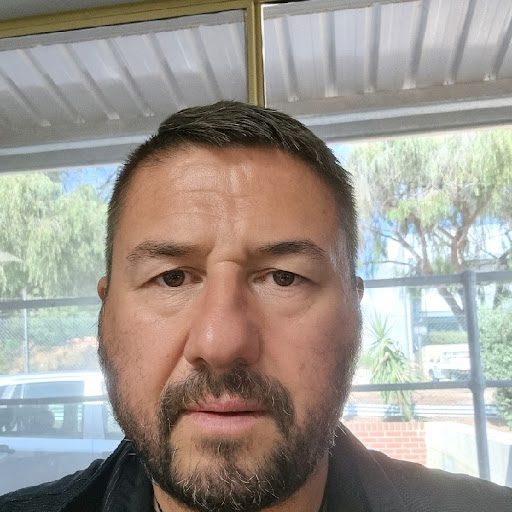Table of Contents
Pipes are used in a wide range of applications, from plumbing to structural. To ensure that these pipes can withstand varying levels of environmental stress, they must go through a series of process piping inspections.
There are two types of Process Piping Inspections:
-
Destructive testing
-
Non-destructive testing
And because almost all pipes will experience corrosion, wear, tear, cracking, and other manufacturing flaws, tests are critical in predicting their behaviour.
Non-destructive testing (NDT): as the name implies, involves the use of techniques that cause no physical damage to the specimen or the pipes. Ultrasonic testing and magnetic particle inspection are two examples of NDT.
Meanwhile, destructive process piping inspection can include hydrostatic, Charpy impact, or pipe notch testing methods, all of which are intended to measure the performance and failure of the pipe. In most cases, inspecting process piping does not involve looking at one or a few pipes in isolation. They are classified after being sorted into corrosion loops. Read on to learn more.
Hydrostatic Inspection
Hydrostatic or hydro inspection is a type of process piping inspection utilised to determine the risk of breakage and leaks in pipes that are utilised for transmitting fluids at a certain pressure. Hydrostatic inspections are typically performed after pipelines have been shut down and repaired to ensure that the piping equipment is still fit for an operational utility under certain conditions.
Hydrostatic inspection begins by filling the pipe with water, vacuuming out any remaining air, and then pressurising the entire system to one and half times its pressure limit. The unit is kept in this condition for a few minutes or hours, depending on the inspector’s assessment.
By this time, a visual examination will be conducted on the pipe to check if there are any potential signs of cracks or leaks. For improved visibility, testing engineers will oftentimes include additives to the fluid — either a fluorescent dye or a tracer to accurately trace the source of the leak. Hydro Inspection verifies the strength of a pipe by raising the pressure in it to levels that are almost double the suggested amount. This allows petrochemical organizations and plumbing companies to establish a secure margin of usage for the pipes when subjected to severe conditions.
Magnetic Particle Inspection
Unlike hydrostatic inspection, magnetic particle inspection is a non-destructive process of piping inspection. Its purpose is to detect any linear defects that are close to or on the surface of a pipe, especially if it is a ferromagnetic stainless steel such as 403, 430, or 439.
Magnetic particle inspection only requires surface analysis, so it does not damage the components or the pipe entirely. Additionally, it can identify points that are vulnerable to surface splitting, cracking, inadequate welding, holes, and cold laps.
The most widely used and useful approach for this process requires a yoke magnet, removable white paint, and a magnetic “ink” that has powdered iron particles blended into a liquid medium. The pipe will be magnetised in a particular area, and any surface damage that may be there will cause the iron-liquid combination to be distorted.
Charpy Impact Inspection
The Charpy impact design is another destructive process piping technique for pipes that are used to evaluate the hardness of the tubing. This is usually done on pipes with a notch or those that are connected together to form a bend or joint.
For this assessment, a pendulum with weight is placed in a regulated area and then swung from a high point. The consequence on the material is utilised to measure the amount of energy the pipe took in when it was hit or broke.
The Charpy impact inspection is a simple and inexpensive method that pipe producers utilize to assess the quality and robustness of their products. However, the outcomes of the test are usually qualitative rather than quantitative in nature, which implies that they must be compared to each other for greater accuracy.
Ultrasonic Inspection
Ultrasonic is a term used to describe vibrations that are above the upper limit of what humans can hear, going up to 20 kilohertz and beyond. This sort of inspection is different to the traditional ways of evaluating strength, resilience, and malleability, as it is used to measure the thickness of a pipe wall or its internal structure.
An ultrasonic sound wave is sent via the pipe’s exterior, and when it meets a different substance like air, it is permitted to bounce off the walls inside. At that time, the sound waves will come back to the origin where the rate of travel is measured. These feats are made achievable due to electronic transducers that can show representations of the tube’s characteristics. In addition to wall thickness, it can also identify weld dimples, cracks, and any moving components.
Utilising ultrasonic inspection to ascertain wall thickness has been reliable, and it can furthermore give the inspector valuable data about corrosion and other likely blemishes. After processing procedures are then adopted as a consequence.
Process Piping – Origin Endeavours
When it comes to comprehending the distinct methods of process piping, the categories are fundamental in deciding how the pipe will behave under particular conditions. A few of these tests are non-destructive, meaning that they do not cause any harm to the pipe. Rather, they are used to recognize certain physical features of the material.
Origin Endeavours can give proficient data-driven survey techniques that will gather the essential data required to design the dependability of the asset in the days to come.





